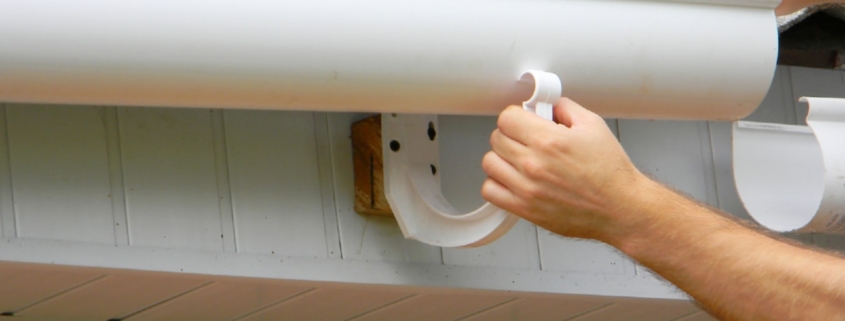The Challenges of Urban Construction 2938
Understanding the process behind Building a Sustainable Construction Project
As society becomes more environmentally conscious, the construction industry is also moving towards more sustainable practices. Creating a sustainable architecture is not just beneficial for the environment, but it can also lead to long-term cost savings and health benefits. This article will delve into the importance of this approach in construction.
Green construction involves the use of environmentally friendly materials and energy-efficient systems, as well as the implementation of waste-reducing measures. This approach not only reduces the environmental footprint of the building but also contributes to healthier living and working environments. One key aspect of eco-friendly construction is material selection. Selecting materials that are locally sourced, recycled, or have a low environmental impact can significantly reduce the carbon footprint of the construction project.
Another essential component of sustainable construction is energy efficiency. This can be achieved through the use of high-efficiency appliances and systems, as well as the incorporation of renewable energy sources, such as solar panels or wind turbines. Proper insulation and window placement can also contribute to energy efficiency by reducing the need for artificial heating and cooling.
Water efficiency is equally vital in eco-friendly construction. Implementing systems such as rainwater harvesting or greywater recycling can significantly reduce water usage. Furthermore, landscaping with native plants that require less watering can also contribute to water efficiency.
Waste reduction is another crucial aspect of eco-friendly construction. This can be achieved through careful planning and the use of prefabricated components, which can help reduce waste on the construction site. Additionally, any waste that is produced should be recycled or disposed of responsibly.
Lastly, sustainable construction durable projects should aim to create a healthy indoor environment. This can be achieved by using materials that don’t emit harmful chemicals and by ensuring proper ventilation. Incorporating natural light can also contribute to a healthier indoor environment and reduce the need for artificial lighting.
In conclusion, building a eco-friendly architecture is an approach that benefits the environment, the building’s occupants, and the bottom line. It involves careful material selection, energy and water efficiency, waste reduction, and the creation of a healthy indoor environment. As the construction industry continues to evolve, eco-friendly construction is sure to become increasingly prevalent.
For more details, check best Roofing Services Dublin or visit their Roofing Dublin business listing here.


